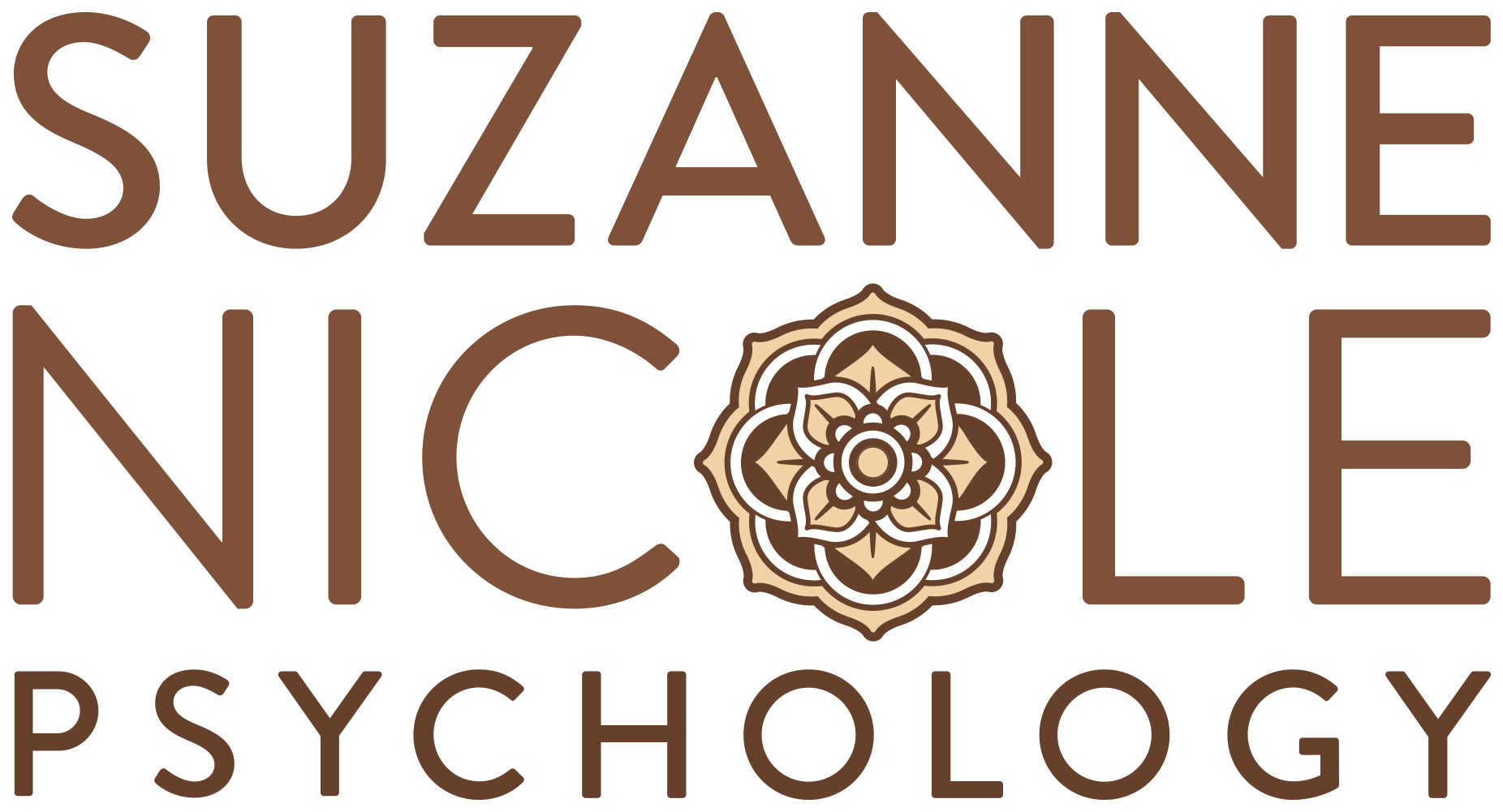What is Trauma?
In my practice, I use a broad definition of trauma, to include both Large ‘T’ and Small ‘t’ traumas.
Large ‘T’ trauma is what most people think of when prompted by the word trauma; experiences like car accidents, sexual assault, physical assault, war experiences and natural disasters, among many others.
Small ‘t’ traumas on the other hand, are just as injurious, but often less recognised in the category of trauma. It’s their ongoing and cumulative impact that is harmful. Experiences such as persistent criticism or putdowns, bullying, neglect, discrimination, verbal and emotional abuse, ongoing conflict, developmental/complex trauma and living with, or growing up with someone who has a substance abuse issue, to name a small few.
What most traumas have in common, and what makes a trauma a trauma, is that usually one of two things was not able to happen (or often both):
- You were unable to take the action you needed to take to keep yourself safe and protected. For example, you were unable to run away or escape from a natural disaster, or you were unable to fight back physically or assert yourself when confronted by a criminal.
- Your basic human needs to be loved, validated and safe were prevented or violated. For example, you were constantly in the position of taking care of your alcoholic father as a child, whose actions also made you feel unsafe, when what you needed from him was safety and protection; your mother ignored that you knew you were a boy, despite having the anatomy of a girl. You desperately needed her love as a person and validation for your male gender.
An experience is only rendered traumatic, if the person’s brain is unable to cope with it, if it becomes too much for the brain to process. What happens then, is rather than the experience becoming integrated across both left and right sides of the brain, as other normal experiences do (where the left and right sides of the brain work together), the experience becomes primarily encoded, or stored, in the right side of the brain, in the form of images, emotions, and bodily sensations.
How does Emotion Focused Therapy help trauma?
The aim of Emotion Focused Therapy, is to get the left and right sides of the brain working together when it recalls the traumatic memory (or to get the brain to integrate the memory).
There are a suite of techniques I use, and all are grounded in Emotion Focused Therapy. However, the primary one I use for trauma, is the Extended Focusing Task, developed by Dr. Melissa Harte. The approach is very gentle and prioritises emotional and psychological safety.
The client raises a difficulty they are having in everyday life that may come from their trauma. This current experience, or trigger, is used as a gateway to help the client access the memory that underlies the trigger. By activating the old memory, the therapist helps the client experience what action they couldn’t take and what needs were not met. Then, new emotionally corrective experiences are incorporated into the memory.
The outcome, is that the memory stays the same, but the distressing emotion is removed or diminished. So, clients can experience the same event that would normally ‘trigger’ them, without being triggered.
Most clients tell me that they find the experience of extended focusing surprisingly therapeutic and ‘less scary’ than they anticipated. After all, they are revisiting or remembering, what are sometimes the most terrifying or upsetting events of their lives. But, despite this, when the session is finished, they often describe feeling calm, sometimes vulnerable, but healed in a way that is difficult for them to put into words.

